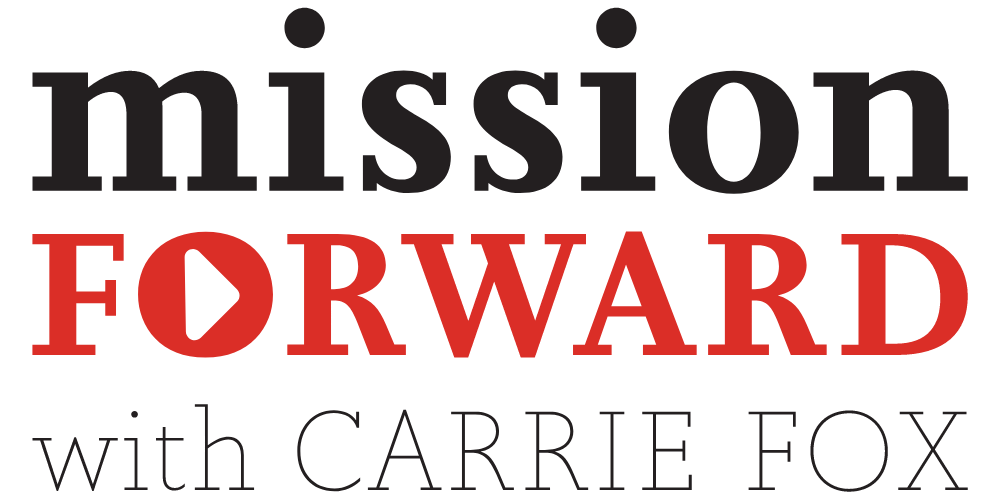When to Quit.
This article is part of Finding the Words, a newsletter that delivers practical insights on the day’s issues.
Last summer, I wrote an article for leaders on knowing when it’s time to go. I wrote that piece with many people in mind—leaders who had committed their whole lives to a certain nonprofit mission, and at some point needed to face the hard truth that it was time to move on, in order for the future of the organization to take hold.
As I wrote:
“Leaving can be the hardest decision a leader will ever make. And every single leader will leave their post at some point. Still, very few leaders plan effectively for it. Very few are willing to let go or to see the signs that their time at the top may be coming to an end. And very few know how to communicate effectively or transparently through such a transition.”
It’s an interesting article to reflect on now, as I watch many dear colleagues in government leadership positions struggle with their own well-being, and a new version of the question: whether to stay or go when the place you work is no longer what it once was, or what it promised to be.
Career attorneys, civil servants, doctors, communicators. Each struggling to answer: “Do I stay in this work that I was called to do—in this work that is a central part of my identity—or do I leave it behind, knowing what it has become and that my place in it may be gone?”
When is persistence no longer enough? When is it better to leave a place you love rather than stay and compromise on your values?
What then? And how do you communicate with those who may choose to stay?
This weekend, a friend reminded me of the similarities between two books I love: How We Learn to be Brave, by Bishop Mariann Edgar Budde (referenced in this previous column), and Quit, by Annie Duke, that may collectively hold some wisdom for these Big Questions.
Two books about persistence and making the choice to leave, including leaving what we love when the right time calls.
As Duke shares in her 2021 book, persistence can only take us so far. If the goal we are pursuing becomes unobtainable, we will only win if we quit that path and take another.
The lesson is equally applicable in today’s context. When the environment you’re in has changed so much that you can’t recognize your role in it anymore, it might be time to let go, and in doing so, make space in your life for what’s ahead.
As the Danish philosopher Søren Kierkegaard is credited as saying: “The most painful state of being is remembering the future, particularly the one you'll never have.”
The truth is that we don’t know what will happen if we stay, as much as we don’t know what will happen if we go. But, once you’ve hit a point where you realize the path you’re on is no longer conducive to your mission or your well-being, it may be more conducive, more productive, and more aligned with your values to let go—and to see what good may next be revealed.
So, how to navigate through such a critical moment?
Start with what’s worth protecting. What are you willing to fight for—in your role, your organizations, among your community—and what will you choose to fight against?
As Annie Duke notes in her book, “If we can identify in advance what the signals are that we should pay attention to and make a plan for how we will react to them, we can increase the chances that we’ll cut our losses when we ought to.”
Rev. Marianne shares a similar sentiment in her 2023 book. As she writes, “In crucible moments, everyone must make difficult decisions. Sometimes, the wisest, most life-affirming decision is to leave because personal safety is not a given, nor is justice assured…but this country needs leaders now and citizens who can face things as they are, work to change what can be changed, and not give up hope for the future.”
Your role might change, and your job might evolve, but your mission can always remain intact, whether you choose to stay or leave a certain environment.
Bottom Line: When everything around feels upended, stay planted in what you know for sure, even if that means advancing the work a different way, and from a different place.
This post is part of the Finding The Words column, a series published every Wednesday that delivers a dose of communication insights direct to your inbox. If you like what you read, we hope you’ll subscribe to ensure you receive this each week.







